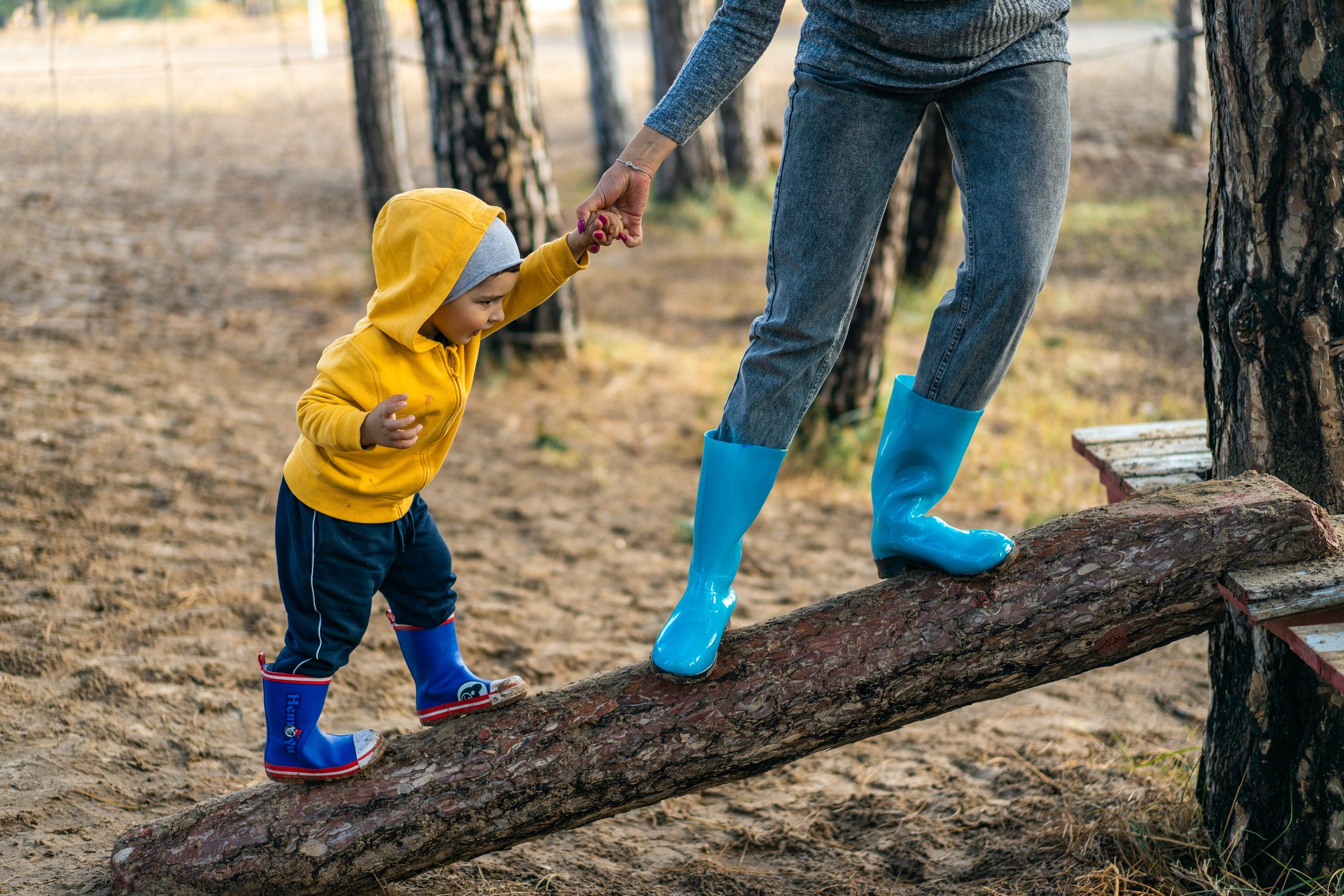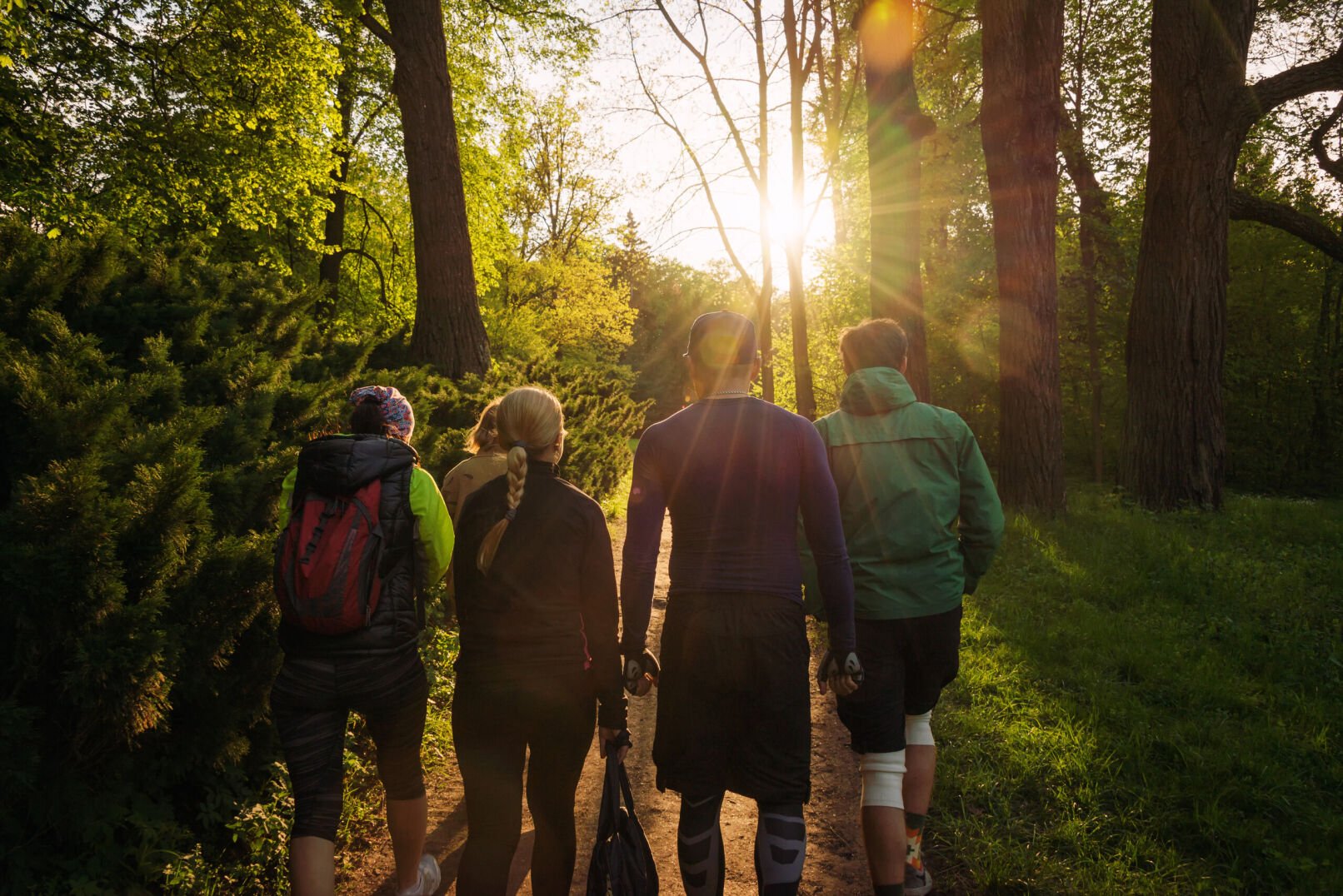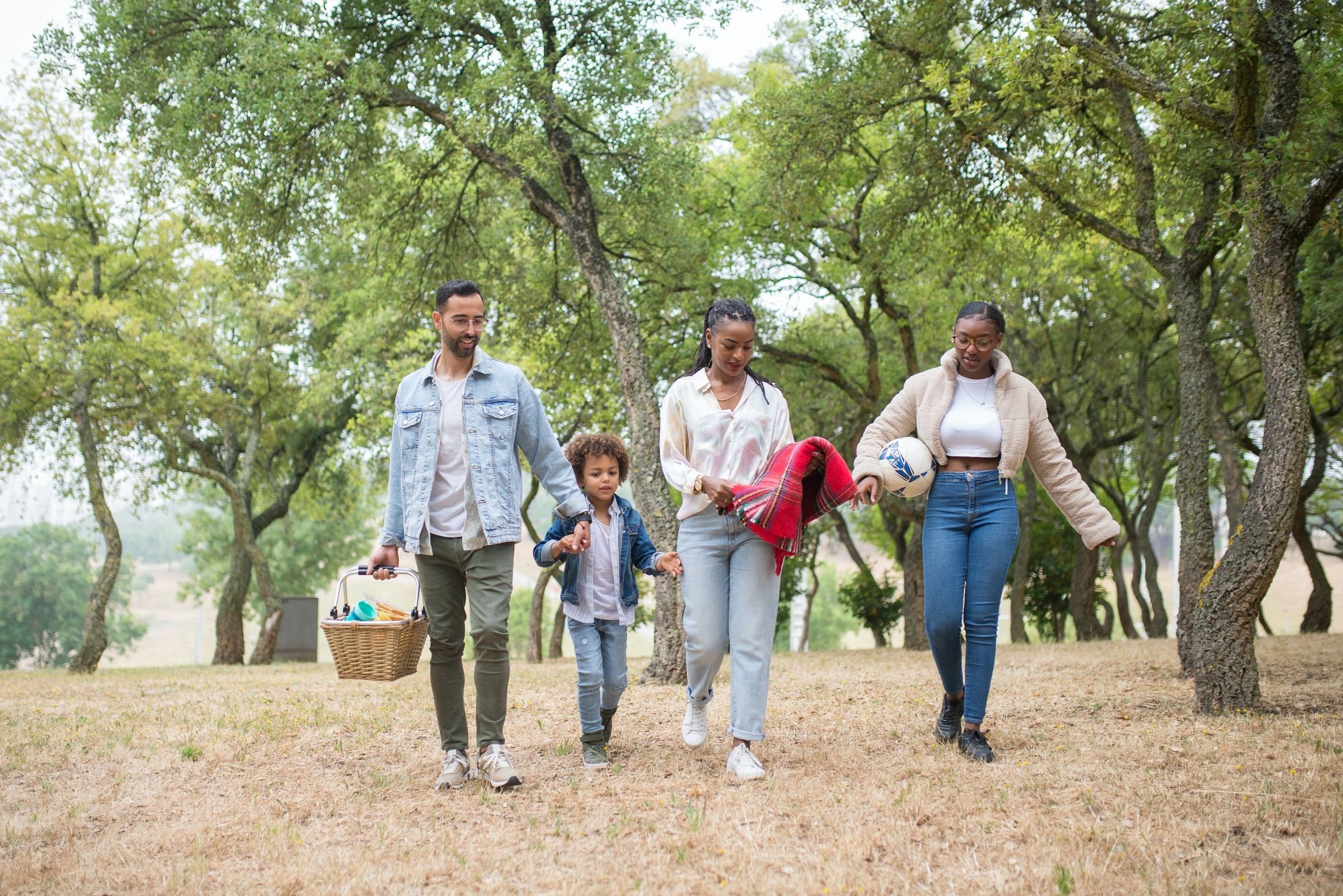Harnessing the Power of Outdoor Recreation to Supercharge Investments in Climate
By Tee Thomas, CEO
Cailin O’Brien Feeney contributed to this blog
As our society develops new technologies and tools to combat climate change and increase health investments in communities, there’s a lot of talk of ecosystem services, carbon, flood resilience, housing, green jobs, and renewable energy investments such as community solar.
My transition to the CEO role at Quantified Ventures enables me to look for opportunities across our portfolio as our entire company unites around the vision of playing a leading role in designing solutions and mobilizing capital to ensure climate and community dollars go where they are needed most. And I am struck that one area is often underappreciated in the climate and community health dialogue; outdoor recreation.
Outdoor recreation is a $1.1 trillion industry, accounting for 2.2% of U.S. gross domestic product, based on figures published in November 2023 by the Bureau of Economic Analysis. This is greater than industries such as mining, utilities, or farming and ranching. Moreover, outdoor recreation accounts for 5 million jobs, with 3.2% of all U.S. employees working in the sector.
The way I see it, the climate and community co-benefits delivered through our well-established outdoor recreation solution often fly under the radar within our own company and with our external partners, even though it represents perhaps the most cross-cutting and impactful tool in our toolbox.
Beyond being a source of joy and adventure, investments in outdoor recreation provide a strategic and scalable way to drive multi-faceted benefits such as improving water quality, fostering economic development, conserving forests and natural habitats, enhancing health outcomes, providing high-quality jobs, and addressing environmental justice.
As we stand on the precipice of change, it's time to recognize the potential of outdoor recreation as a transformational and sustainable investment pathway that serves an ecosystem of community needs.
Unlocking the Potential
Investments in outdoor recreation hold the key to unlocking a multitude of benefits:
Biodiversity and Nature: Conserving open outdoor space with natural habitat provides benefits for a variety of species. When recreation infrastructure is developed strategically and sustainably, it can work to the benefit of both people and wildlife. For example, our work with Cleveland National Forest (California) involves redesigning recreation infrastructure to protect natural resources, minimize people-wildlife conflict, and enhance connectivity of water, people, and wildlife.
Economic Development: Thriving outdoor recreation areas attract tourists and outdoor enthusiasts, fostering growth for local economies. From small businesses catering to tourists’ needs to the growth of hospitality and tourism industries, these investments create jobs, seed new business opportunities, and stimulate economic growth. As an example, see our work with the Outdoor Recreation Council for Appalachia on the Baileys Trail System.
Health Outcomes: Access to outdoor spaces encourages physical activity and promotes mental well-being (see recent research articles in the International Journal of Environmental Research and Public Health and Nature). Investing in parks and recreational areas ensures that communities have nearby spaces that support healthy lifestyles and improve mental health. Natural areas can also help address environmental stressors like heat and air pollution. That is why QV and collaborators like REI Co-op are working to ensure all Americans have quality outdoor spaces close to home.
Water Quality Improvement: Outdoor recreation investments often involve the preservation and restoration of natural spaces like rivers, lakes, and forests. These initiatives directly contribute to better water quality, preserving critical ecosystems and safeguarding our most precious resource. As an example, our work with Ocala National Forest (Florida) involves safeguarding water quality in four artesian subtropical spring sites.
Workforce Development: Increased outdoor recreation investment generates jobs and workforce training in communities suffering from historic underinvestment and post-industrial unemployment. For example, the Vermont Youth Conservation Corps involvement in the Velomont Trail and Vermont Huts system.
While the benefits are clear, there's a pressing need to channel more of these outdoor investments into under-resourced communities facing environmental justice issues, health disparities, and climate impacts.
These communities often bear the brunt of environmental degradation and lack access to outdoor spaces that can significantly improve quality of life.
Adapting and Scaling Proven Solutions
QV has worked in the outdoor recreation space for nearly a decade, building deep expertise in how to calculate outcomes for these investments and how funding and capital stacks for these investments work. What’s different as we take a step back and plot our course for the next decade is an enhanced focus on structures that prioritize the multiple co-benefits of outdoor recreation projects.
In 2024, Quantified Ventures plans to continue our groundbreaking work with partners like the U.S. Forest Service and U.S. Endowment for Forestry and Communities and to expand our outdoor recreation portfolio of work to new areas. Namely, delivering innovative financing/funding and partnership strategies to increase equitable access to close-to-home outdoor activities and parks.
Quantified Ventures stands at the forefront of catalyzing outdoor recreation projects that drive positive change. With a steadfast commitment to environmental stewardship, community empowerment, economic development, and inclusivity, we aim to be agents of transformation in under-resourced areas.
Through strategic partnerships, innovative funding models, and a deep-rooted belief in the power of nature and outdoor spaces, we are dedicated to:
Identifying, conserving, and equipping underutilized natural areas for community use.
Building revenue models, financing mechanisms, and governance structures that create and sustain inclusive outdoor spaces and programs that empower marginalized populations.
Collaborating with local stakeholders to build local capacity, ensure community-driven initiatives are sustainable, and keep the benefits of outdoor enhancements local.
Advocating for equitable access to outdoor spaces and resources.
We welcome the opportunity to connect with local or national community partners who are striving toward similar goals. If these initiatives resonate with you or your organization, please connect with me (thomas@quantifiedventures.com) and Cailin O’Brien-Feeney (obrienfeeney@quantifiedventures.com) to discuss how we can collaborate!





